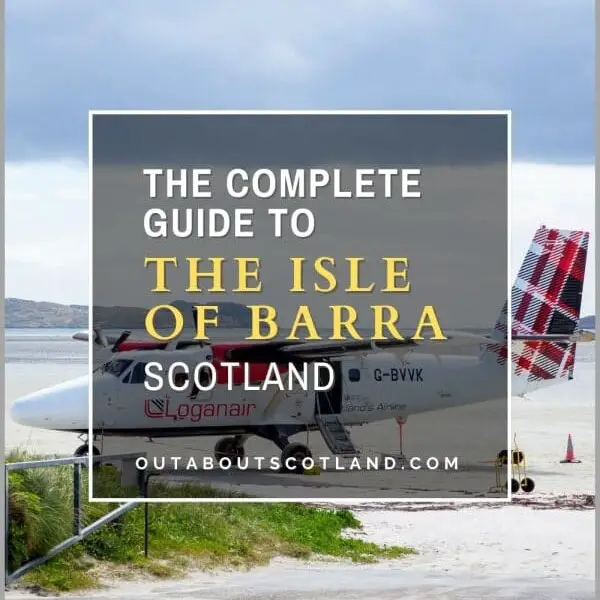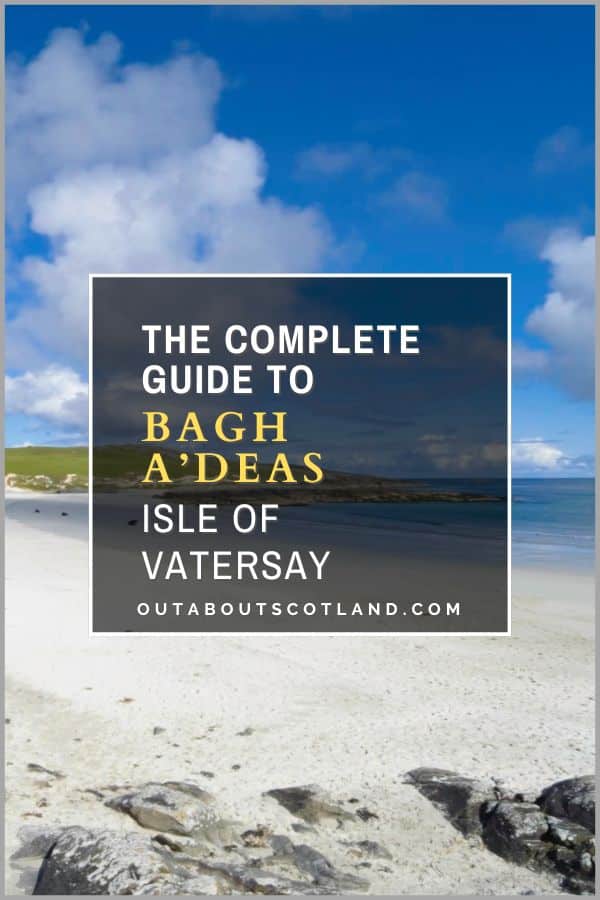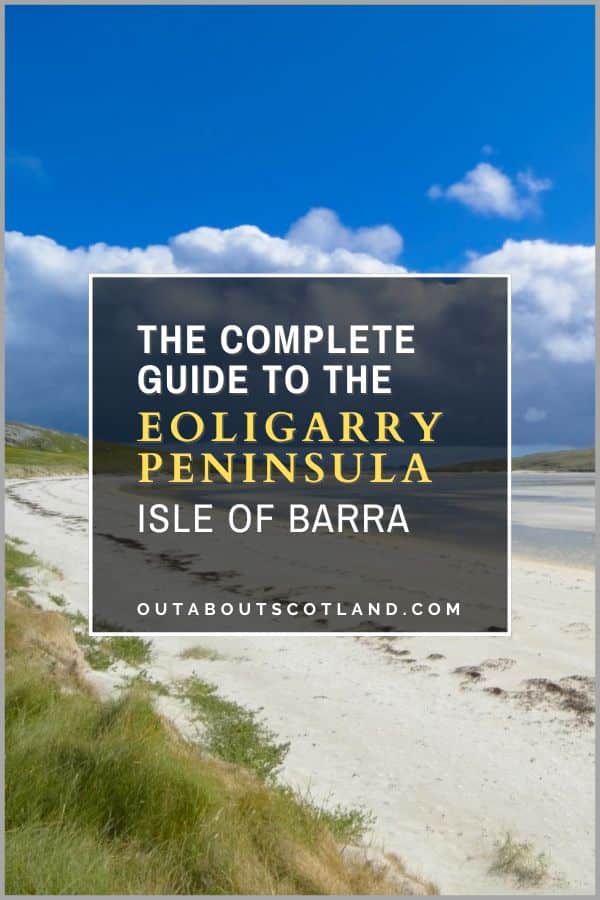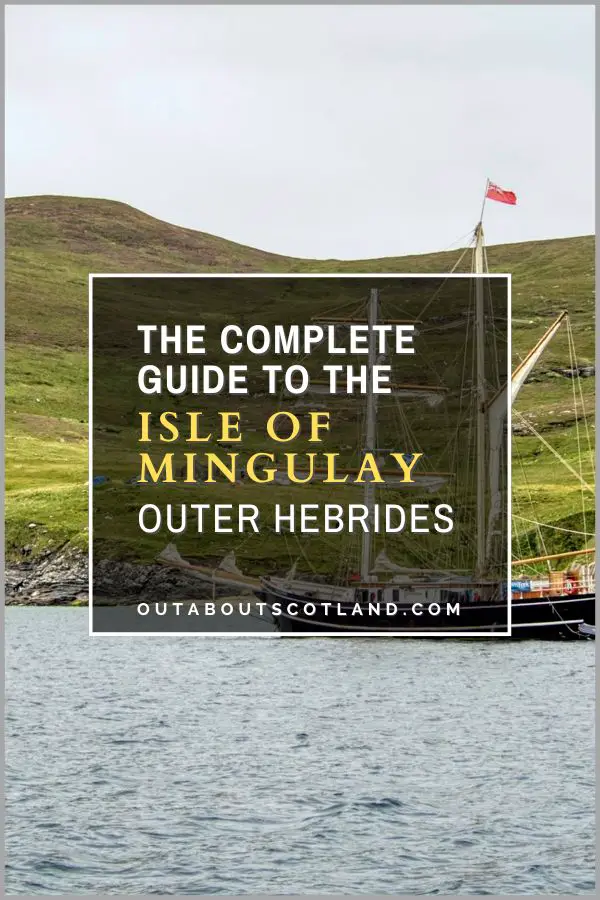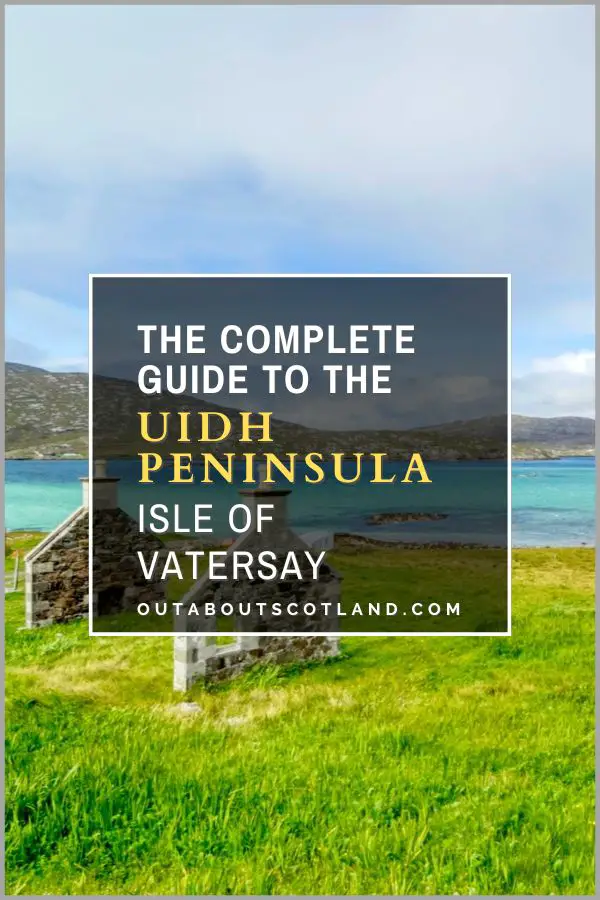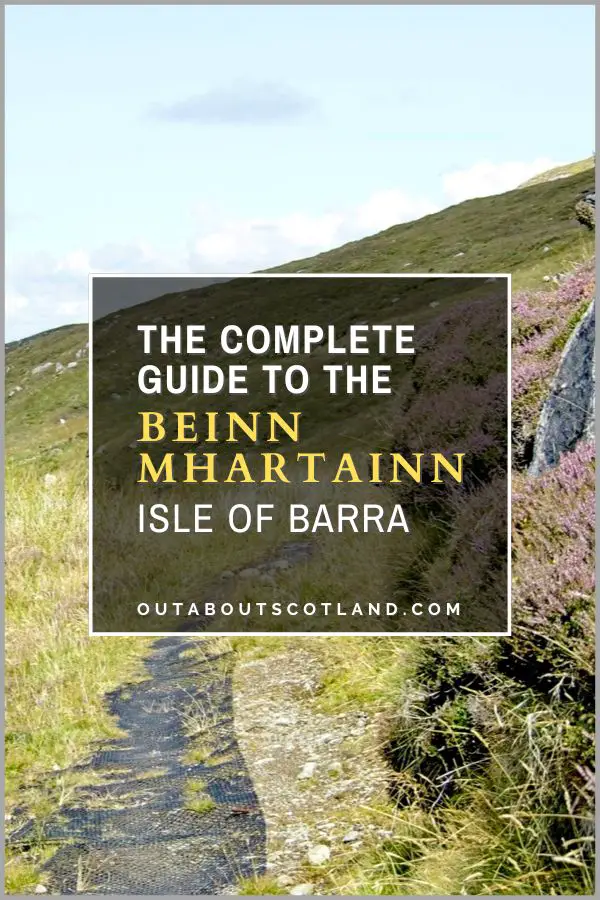The Isle of Barra is located on the southernmost point of the Outer Hebrides between the islands of Vatersay and Eriskay.
At only 23 square miles in total area, Barra isn’t exactly the largest island in the Hebrides, but it’s undoubtedly one of the most interesting thanks to an array of attractions that include the fabulous Traigh Mhor beach, home of the world’s only commercial beach airfield, and Kisimul Castle, which is situated on a small outcrop in the middle of Castlebay Harbour.
Discover Barra’s beautiful landscapes, quaint wee villages, stunning wildlife, and breathtaking beaches in this complete visitor guide.
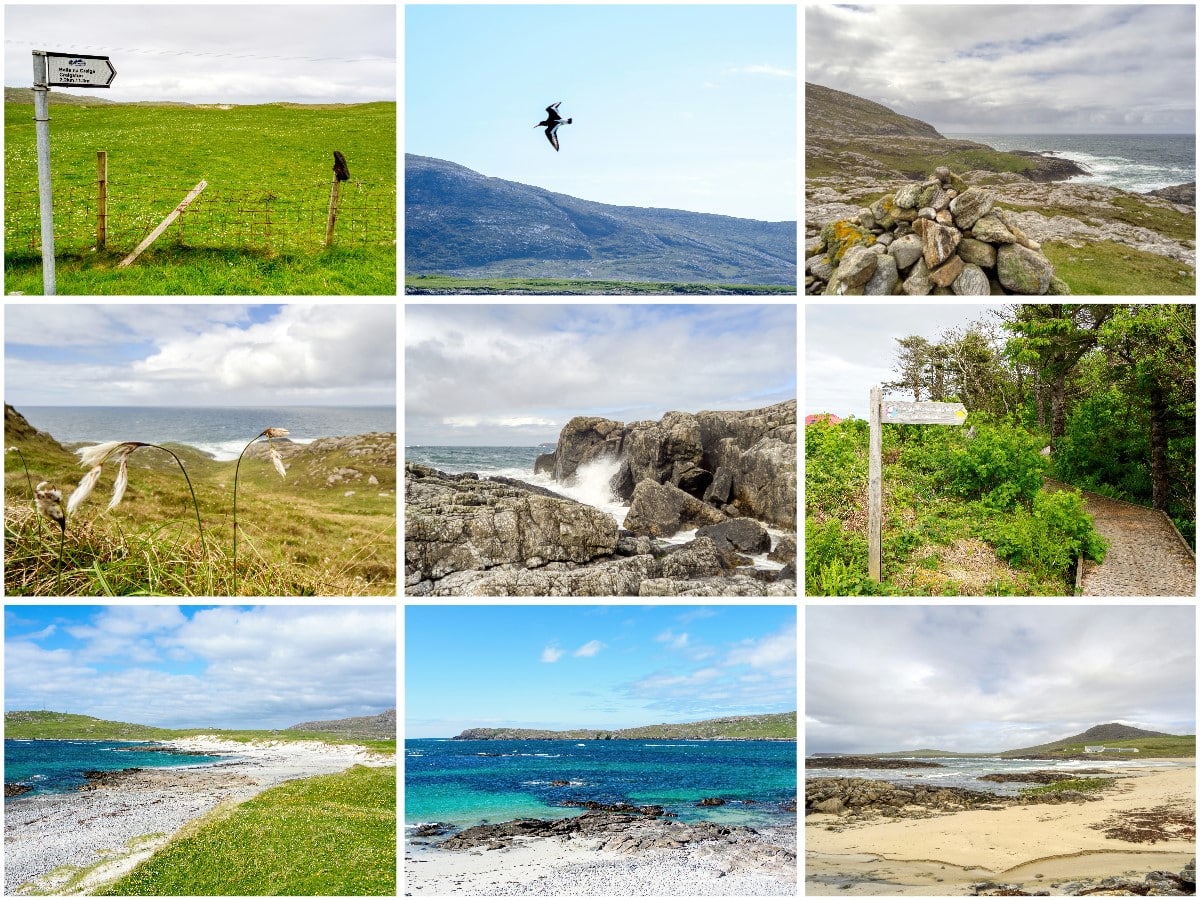
| Address: | Castlebay Ferry Terminal, Pier Road, Isle of Barra, HS9 5XD |
| Opening Hours: | The Isle of Barra is open 24/7, 365 days a year. Ferry times are operator dependent. |
| Admission Price: | N/A |
| Parking: | The majority of parking spaces on the island are roadside verges. Barra has parking areas near some viewpoints. There is roadside parking in Castlebay and a car park at Traigh Mhor beach. Overnight campervan parking is available at several campsites across the island. |
| Contact: | N/A |
| Facilities: | Castlebay: Gift shops, supermarket, grocery stores, cafes, petrol forecourt, bank with ATM, post office. |
| Photos: | Virtual Tour |
Overview
Scotland’s Outer Hebrides have become a major tourist draw in recent years thanks to the popularity of the Hebridean Way – the 185-mile touring route that spans ten stunning islands across a landscape that boasts dazzling white sand beaches and picturesque rolling hills.
The first stage of the tour begins on the Isle of Vatersay which is the most southerly inhabited island of the archipelago. A short crossing on Vatersay’s northern causeway brings visitors to the next island of the chain which is often described as the gem of the Outer Hebrides – Barra.
At a mere 8 x 5 miles at its widest points, this isn’t quite up to Skye’s standards when it comes to landmass, but it has a unique charm of its own, and I have to admit that during a recent visit, it firmly planted itself at the top of my personal list of favourite Scottish islands.
The reason for my fondness of this wee isle is that Barra (also known as Barradise and Barrabados) offers a little of everything that you’d expect from all of the best tourist destinations in Scotland.
There are lovely white-sand beaches set inside beautiful sheltered bays, along with lots of opportunities to enjoy superb walking trails and sail around the coastline to view the island’s marine wildlife. Plus, it’s nowhere near as busy as islands like Mull and Skye, and the people are amonghe friendliest you’re ever likely to meet.
Getting to Barra is surprisingly easy thanks to ferry terminals at the north and south ends of the island, as well as an airport to the north. This airport is small, yet it has become something of a tourist attraction in its own right due to the fact that it’s located on the edge of a bay and the airfield is, in fact, only accessible when the tide retreats—the only airfield of its kind in the world.
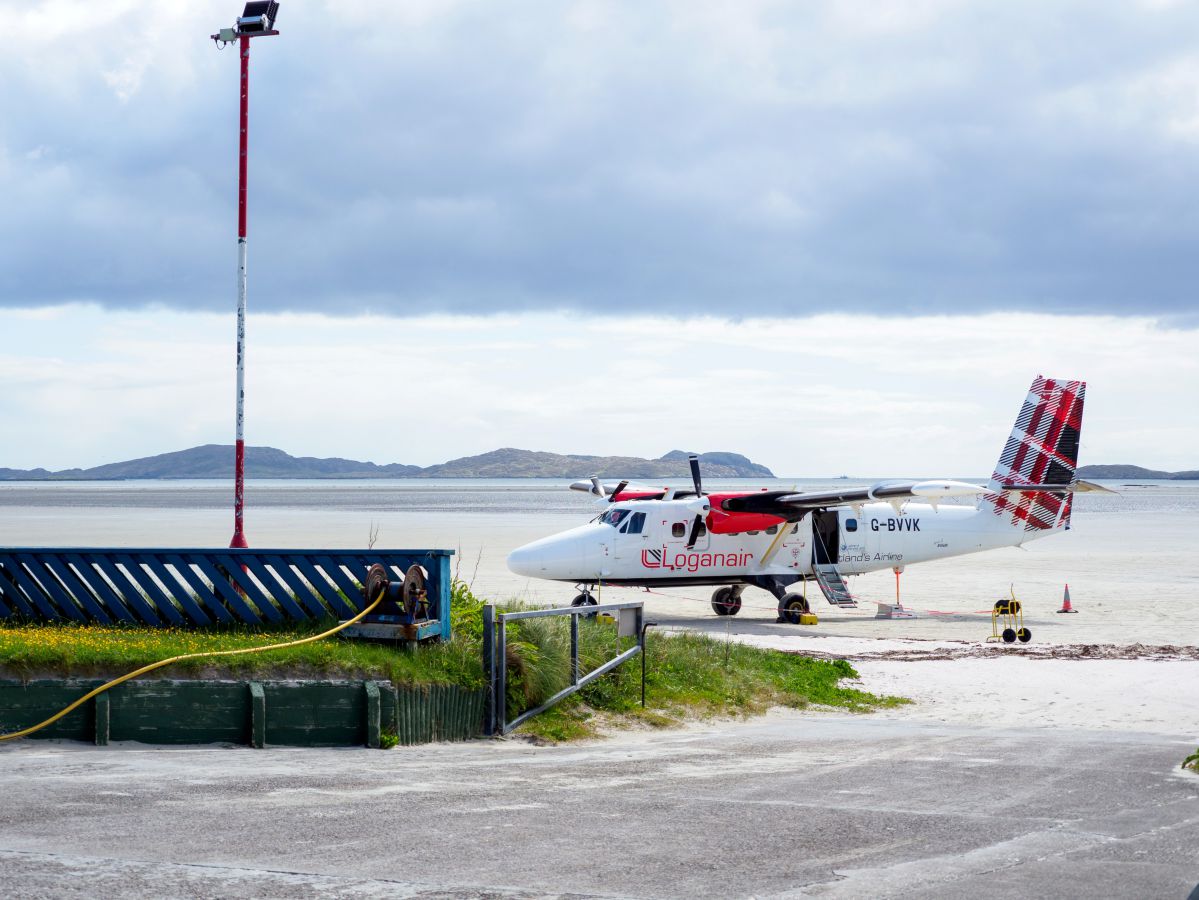
While flying into Barra from Glasgow and landing on the beach is a must-do, the majority of visitors actually arrive via the Calmac ferries that sail into Ardmhor and Castlebay. The latter is the most-used arrival point as there are direct routes from Oban on the mainland, but visitors hopping between the islands can also sail in on ferries that operate between the isles of Tiree and South Uist.
Note that the sail from Oban to Barra is around 4 hours 45 minutes, and the sail from Tiree is 2 hours and 45 minutes.
Planning a tour of the Hebrides can be a laborious task, but you’ll save yourself a lot of time by booking a couple of all-in-one island-hopping tickets rather than lots of separate tickets. For more information, see the Caledonian MacBrayne website.
Once on the island you have two main options for getting around – bicycle and/or car. While you could walk, there are no footpaths outside of the villages and long stretches of the road have barely any verges, so avoiding traffic can be difficult.
Admittedly there are only around 1,200 permanent residents on Barra so it’s not exactly buzzing with traffic, but quite a few campervans visit the island which take up a lot of space on the single-track roads and sadly (from what I’ve seen) the majority of tourists don’t keep to the speed limit. Cycling is a good option, as you’ll be able to experience the island in a far more personal way than you ever could in a car, and as the roads are (mostly) flat, it’s a very enjoyable experience.
If you take your own car be aware there are very few dedicated parking spaces outside of Castlebay although there is one at Barra Airport which has been installed primarily for people who want to watch the planes land on Traigh Mhor. However, as it’s free to use, it’s also a good place to park up for beach days on neighbouring Traigh Eais Beach.

If you want to hire a car rather than take your own you can book a vehicle from Carhire Hebrides which has everything from mini compacts to great big 4x4s, and the prices are pretty reasonable. Sadly, the same can’t be said for fuel on Barra, as the only petrol forecourt is in Castlebay, and it’s rather pricey compared to the mainland. If you don’t intend on doing much driving, I recommend filling up in Oban before boarding the ferry.
As far as public transport goes, well… there isn’t much to speak of although there is a local bus that operates between the airport, Castlebay and Ardmhor. You’ll find details about Barra’s bus times on the council website.
Because Barra is so small and so popular, you might find that all accommodations are booked months in advance, which is the situation I found myself in 2 years ago. For my last visit, I reserved an Airbnb at the beginning of January and noticed that a lot of places were already booked up that early, so if you’re hoping for a last-minute deal, I think you’ll be disappointed unless you’re very lucky and manage to bag a cancellation.
Most rentals on Barra are self-catering houses which accommodate 4 or more people, with prices starting at around £100 per night. There aren’t many hotels but I can personally vouch for The Lodge at Dunard Hotel in Castlebay which has nice rooms at decent prices and the Isle of Barra Beach Hotel on Tangasdale beach which has stunning views of the Atlantic Ocean.
As far as researching places to stay goes, by far the best resource is the website Barra Accommodation which has a great selection of properties along with useful reviews from previous customers, or failing that head to AirBnB or Travel Supermarket.
Finally, if you’d rather stay in a tent, you’ll find a few with stunning Atlantic views, such as Borve and Barra Sands campsites, which you’ll find listed on websites like campsites.co.uk and scottishcamping.com.
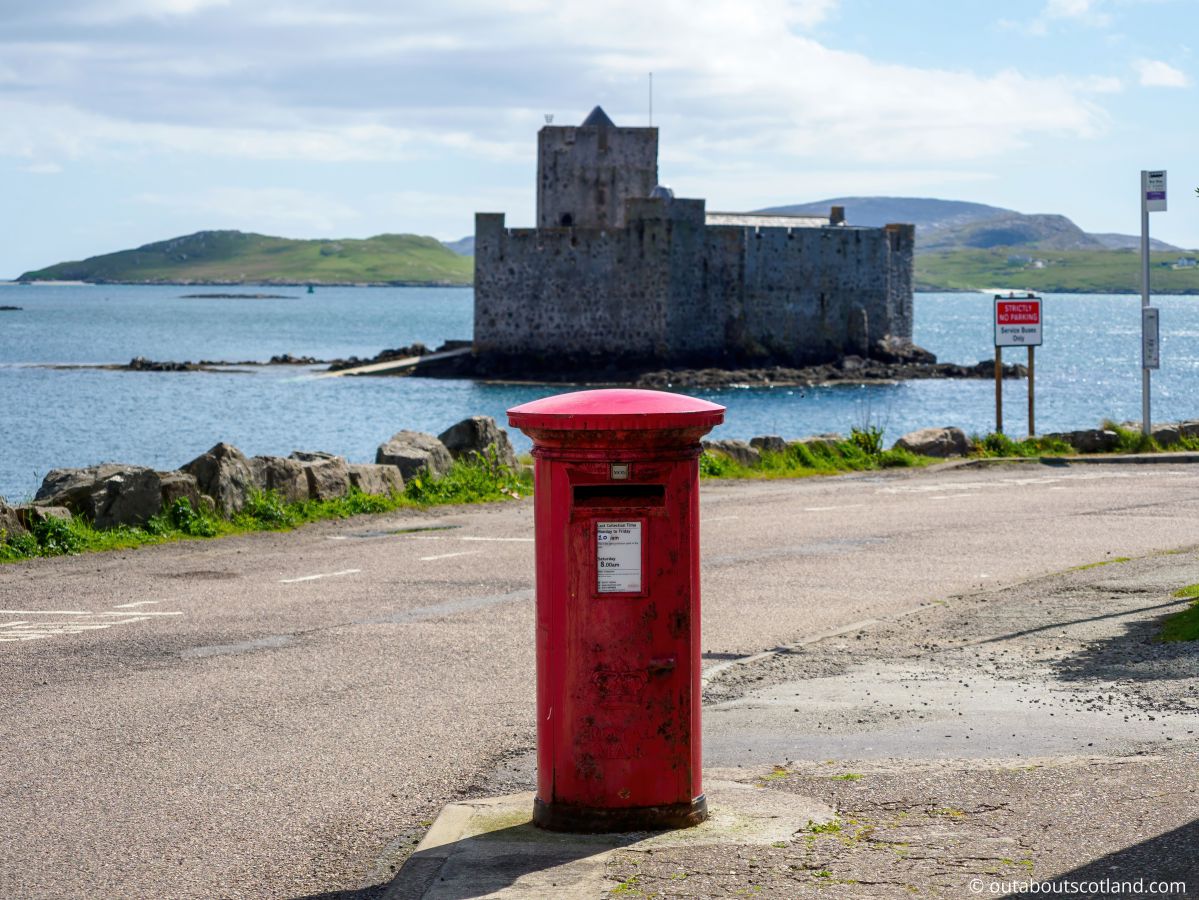
The Highlights
1: Traigh Mhor and neighbouring Traigh Eais beaches are must-dos for all visitors to Barra. Both feature huge expanses of golden sand, though Traigh Eais is arguably the best for beach days as it’s considerably wider. Traigh Mhor is the more famous of the two as it’s the site of Barra Airport, but the bay is often submerged and visitors are not allowed onto the sand when aircraft are flying.
2: Castlebay is a lovely wee village that has a marina, the Isle of Barra distillers, a castle, a heritage centre, and a toffee factory. It’s also ideally placed between Tangasdale Beach to the north and Heval Hill to the east for anyone looking for leisurely walks or more strenuous hill climbs.
3: A brief causeway connects Barra to the Isle of Vatersay, making it simple to reach the stunning beaches of Traigh Shiar and Traigh a Bhaigh, which are well-known for their Caribbean-like turquoise waters and immaculate white sand.
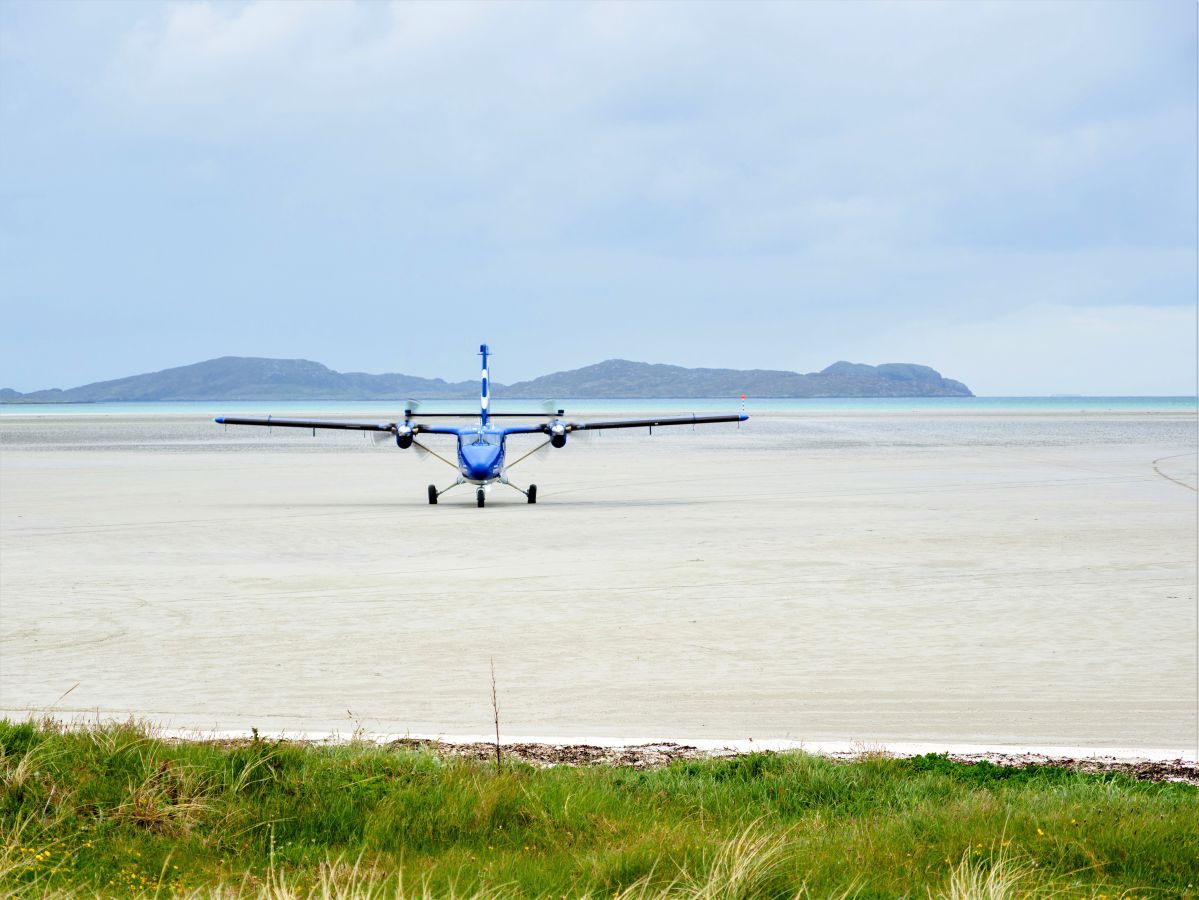
Visiting Tips
1: Would-be visitors to Barra might consider basing themselves as close as possible to the village of Castlebay. Not only is the village the location of the ferry terminal, which has sailings to Tiree, Oban, and South Uist, but it’s also the location of the island’s only supermarket. In addition, Castlebay is a departure point for pleasure cruises to the islands of Pabbay, Berneray and Mingulay, and it has good access to the east and west sides of the island.
2: Barra is a wonderful island for hill walking (Heaval and Beinn Mhartainn are must-dos), but visitors will make the most of it by mountain biking or kayaking around the perimeter. Cyclists can pedal around the island on the A888 ring road and there’s always the option of hopping over to Eriskay and South Uist on a day trip thanks to the Ardmhor ferry. Kayakers, meanwhile, will have a great time paddling around the fjord-like coastline.
The best sea kayak route (in my opinion) goes from Castlebay to Vatersay and around the coastline to Traigh a Bhaigh beach. The large bays of both islands offer shelter from the waves and the views are nothing short of outstanding.
3: As nice as Traigh Eais and Traigh Mhor are, there’s a much quieter and wider bay on the northern edge of Barra at Eoligarry. This bay is quite shallow and the sand is almost pure white which makes the water a beautiful turquoise colour on a sunny day.
With the islands of Fiaraidh and Fuday framing the scene, you could be forgiven for thinking you’re in a tropical paradise rather than a remote corner of the Outer Hebrides. Eoligarry is definitely a place to add to any Barra itinerary.
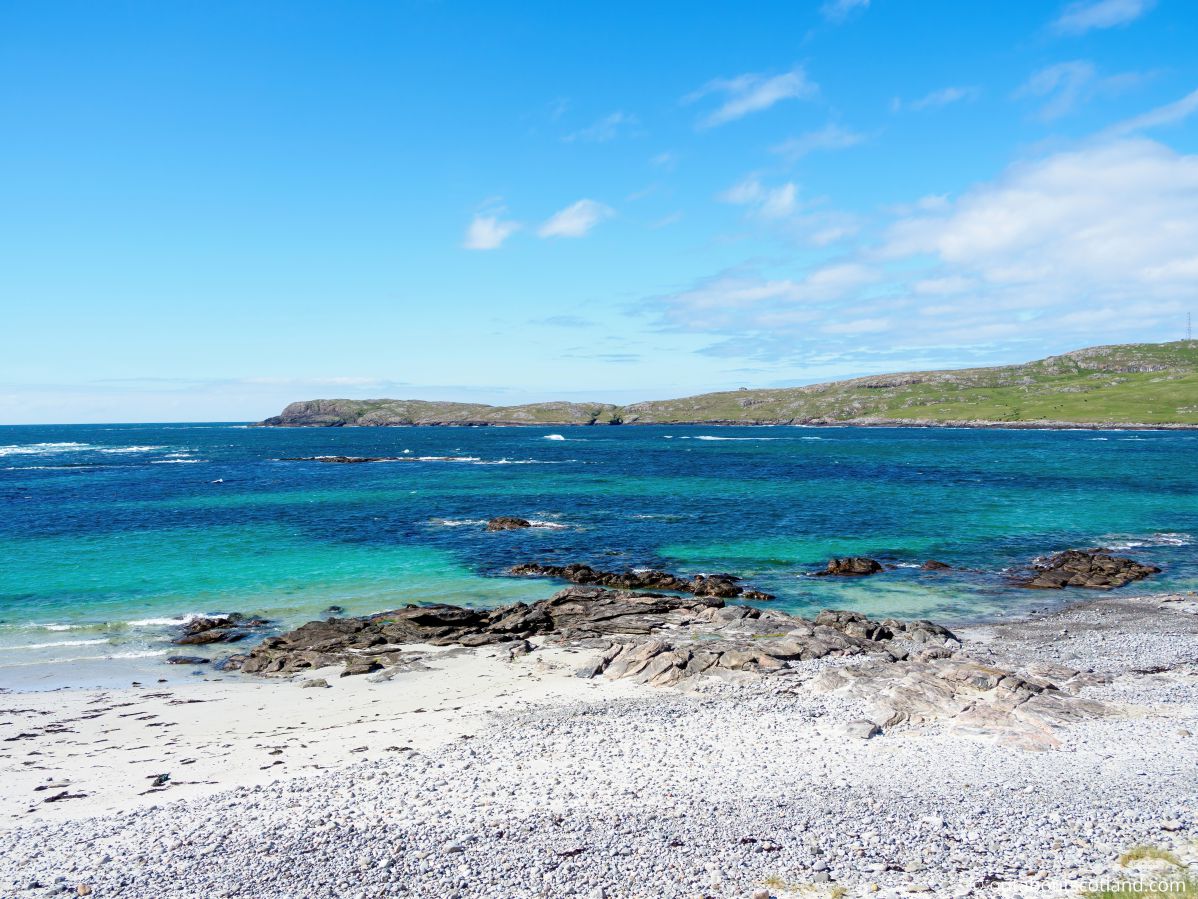
Tourist Information
Like most of Scotland’s islands, the majority of things to do on Barra revolve around activities in the great outdoors, whether hiking, walking, cycling or sailing. For families looking for a little less excitement, Barra has a number of beaches that are superb places for summer beach days, including the previously mentioned Traigh Eais and Eoligarry beaches, both of which are located on the northern tip of the island.
There are also a few beaches on the western side of Barra that aren’t particularly big but are somewhat protected from the Atlantic thanks to the surrounding landscape. The eastern side of Barra is much rockier, yet it’s also arguably prettier, as it’s peppered with islets and tiny sea inlets along its entire length. This is the side of the island that’s most enjoyable on a bike (in my opinion), especially towards the north near Ardmhor.
The interior of Barra, meanwhile, is hilly and desolate, so it’s a good place for seasoned hillwalkers, with the highest point on Heaval being the star of the show. It’s a little bit of a trek getting up there, but the views are more than worth it.
To make the most of a visit to Barra, I suggest basing yourself as close to Castlebay as possible. The reason being that Barra is quite a small island, so although it doesn’t take long to get from one end to the other, staying close to the main village means you’ll have access to a pub, cafes, a supermarket, and a few other amenities such as a post office and a bank.
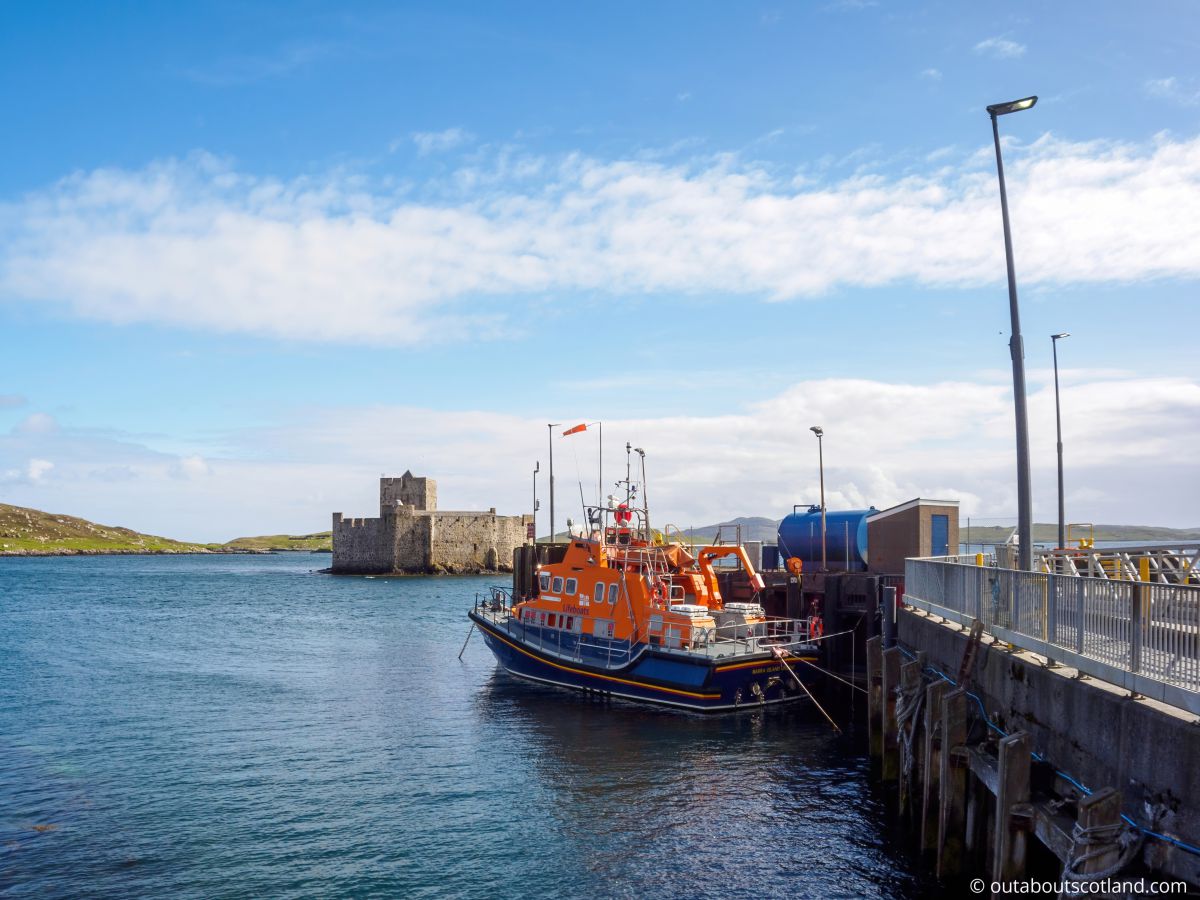
Plus, Castlebay is the departure point for cruises to the wildlife havens of Pabbay, Sandray and Mingulay which are essential tours if you’re planning on spending a few days on Barra.
There are a few notable attractions in the village as well, but Kisimul Castle, a sizable fortress under Historic Environment Scotland’s management, has to be the most impressive. The castle dates from the 1400s and is quite an impressive feat of engineering for its time, as it was built on a rock outcrop that is only accessible by boat.
Heaval is the highest point on Barra at 1,257 feet. This hill presents a moderately easy climb to the summit from Castlebay which shouldn’t take more than 3 hours to complete on a return hike. While the ascent is short, it’s also rather steep and boggy, so wearing a good pair of waterproof hiking boots (my recommended pairs) is advised.
Once at the summit, intrepid hill walkers can enjoy stunning views across Barra to Castlebay and Vatersay before snapping a selfie in front of a statue of Our Lady of the Sea which was erected in the ’50s but looks much older due to its weather-battered location.
If you arrive in June you might consider joining the Heaval race where the aim is to sprint from the centre of Castlebay to the top of the hill and back by whichever route is deemed the best. Prizes are given to the winners and there’s live music after the event as well as a dance.
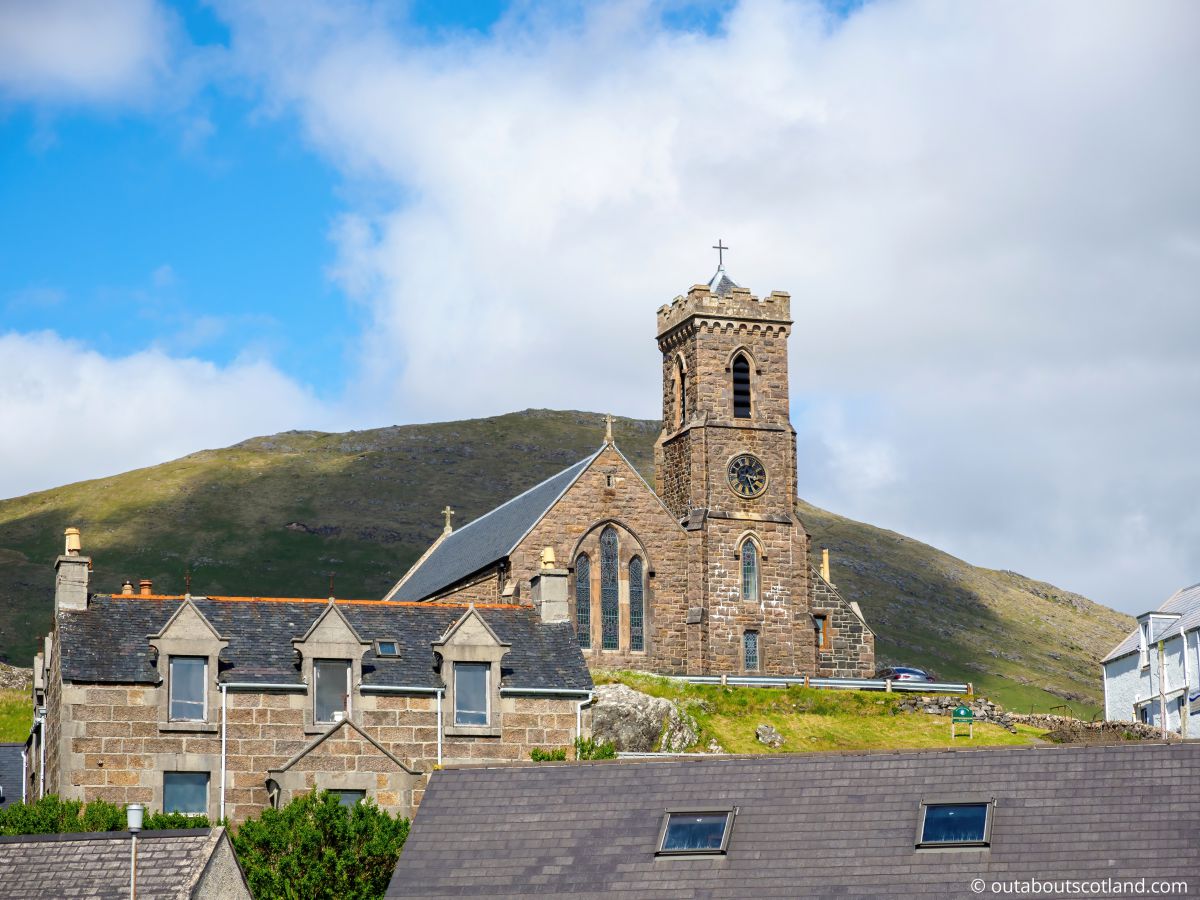
Photos of this beach are plastered across pretty much every Scotland website and blog in existence due to the aircraft that regularly fly in and land on it. If you arrive on Barra, you almost have to join in and watch the planes land, so it’s just as well that a rough gravel car park has been installed next to the airport. There’s another tarmacked car park inside the airport, but this is for airport users only.
While at Traigh Mhor you can walk onto the beach for as long as the windsock is down, but if you see it flying it’s a warning you’ll have to clear the area. It’s for this reason that I much prefer the opposite beach Traigh Eais which has no restrictions and is longer and wider.
One suggestion for a good walk is to cross the dunes from the airport, walk along Traigh Eais, cut back across the northern dunes to Eoligarry, and then follow the beach south back to the airport. That route is around 3.5 miles and will give you a good look at both beaches.
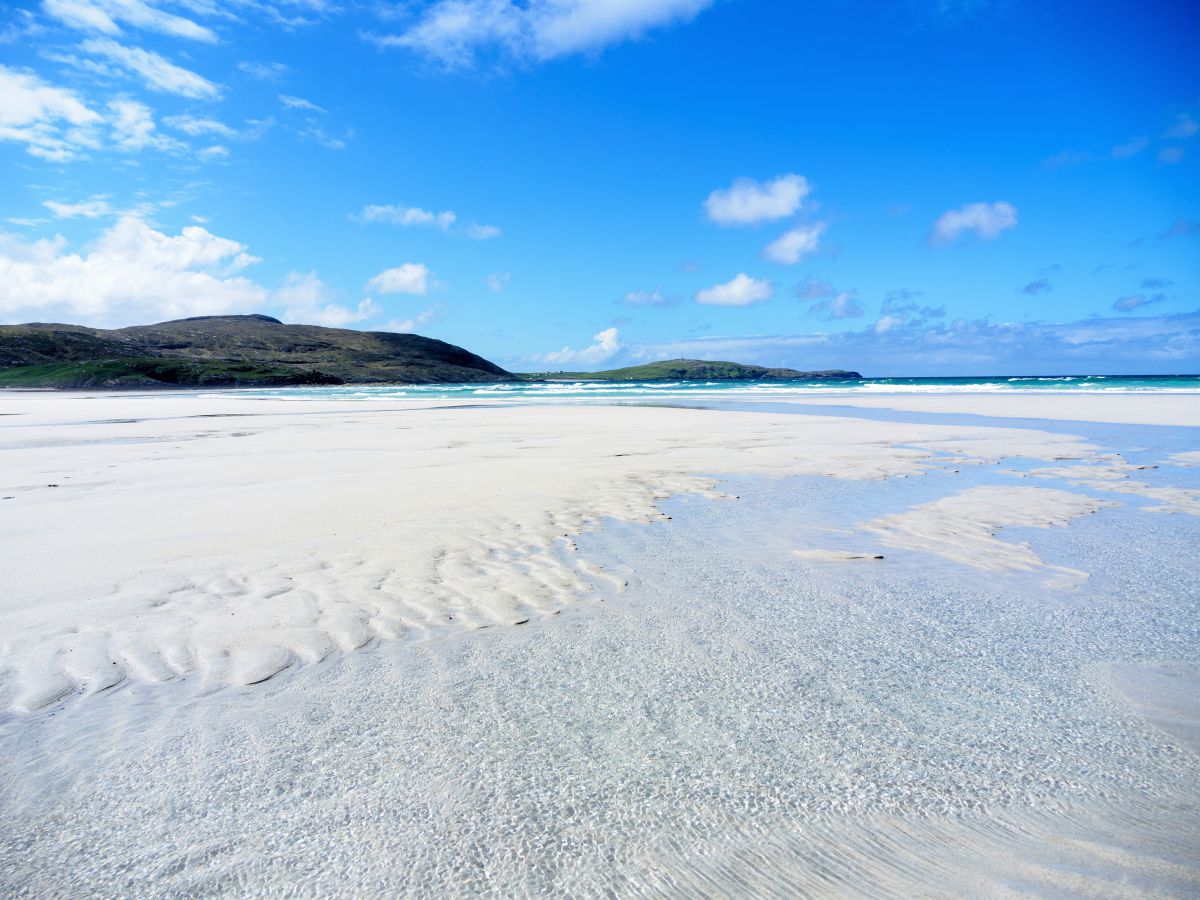
Things to Do
Explore Castlebay: Castlebay is the main village on Barra, with a stunning natural harbour and the impressive Kisimul Castle in its midst. Explore the castle’s history, enjoy local seafood cuisine, and take in the breathtaking views of the bay. It’s a fantastic way to immerse yourself in the atmosphere of the island.
Vatersay Beach Visits: Just south of Barra is the small island of Vatersay, connected via a causeway. There, you can enjoy the pristine beaches of Traigh Shiar and Traigh a Bhaigh, either lounging on their white sands or swimming in their turquoise waters.
Hiking Heaval: Heaval is the highest peak on the Isle of Barra, standing at 1,260 feet (383 meters). A hike to the top offers panoramic views of the entire island and beyond. It’s a moderately challenging route, but the breathtaking scenery at the summit is well worth the effort.
Barra Heritage and Cultural Centre: Dive into the cultural history of Barra at this local museum. It offers exhibits showcasing the island’s past, from its early Christian period to its fishing and crofting traditions.
Wildlife Watching: Barra’s diverse ecosystem makes it a haven for wildlife enthusiasts. Spot seals lounging on the rocks, watch a variety of bird species, or, if you’re lucky, catch sight of dolphins and otters. It’s a wonderful way to connect with nature and appreciate the island’s wild coastline.
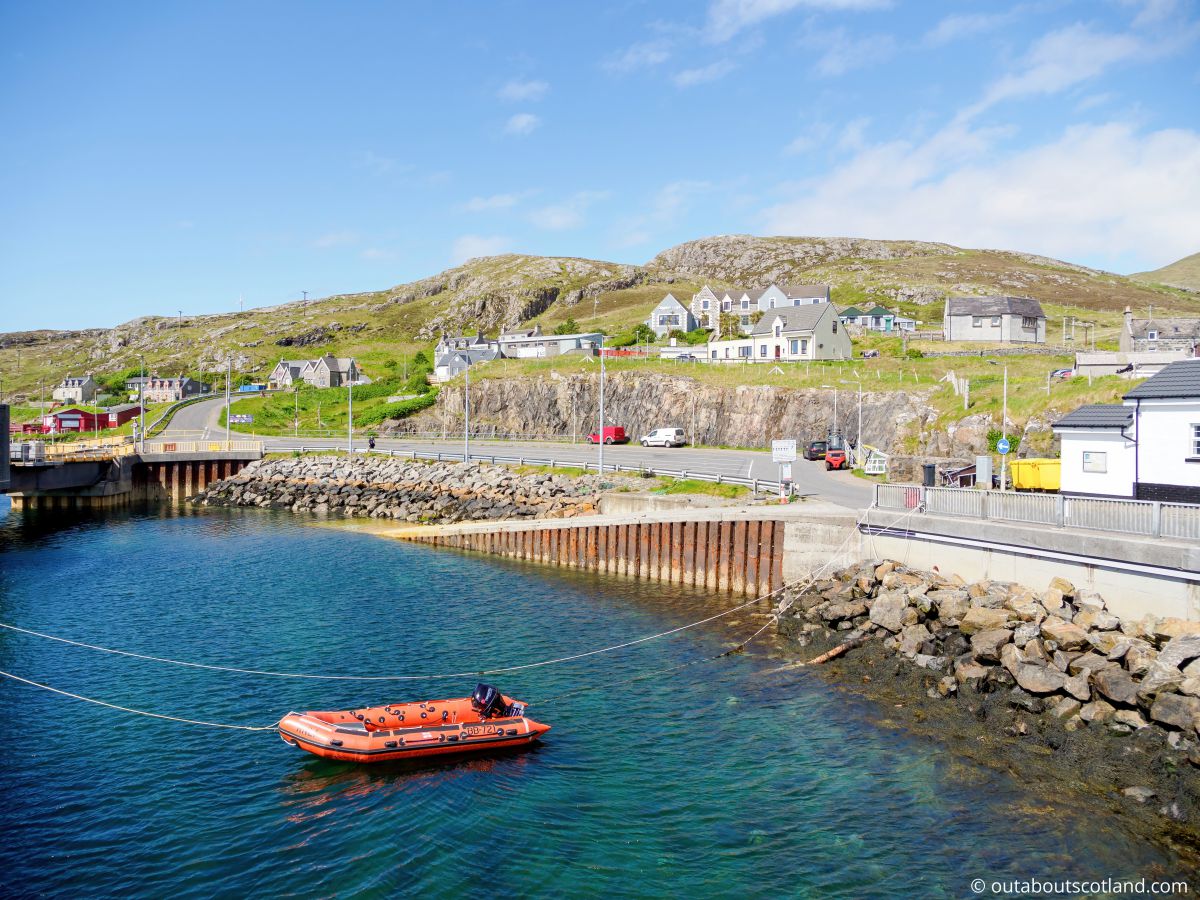
Things to Do Nearby
Vatersay. Address: Isle of Barra, HS9 5XN.
Vatersay is joined to Barra by a short causeway that is located just a few minute’s drive west of Castlebay. Though small at 3.75 square miles, Vatersay is a must-visit for anyone exploring Barra as it features two exceptional white sand beaches—aigh Shiar and Traigh a Bhaigh—both set within wide, shallow bays. The island is also the starting point for the much-loved Hebridean Way touring route, and it offers an enjoyable walk on the Vatersay Heritage Trail.
Hebridean Way & A888
The Hebridean Way is a 185-mile touring route that spans the inhabited islands of the Outer Hebrides, starting on the Isle of Vatersay and finishing on the Isle of Lewis. Visitors to Barra can complete the first stage by setting off from Vatersay, crossing the causeway, and following the A888 around Barra to the village of Ardmhor where they can then catch a ferry to the Isle of Eriskay. See the Calmac website for more details about the crossing to Eriskay.
Barra Distillery. Address: Castlebay, Isle of Barra, HS9 5XF. Distance: 2 miles from the causeway.
Barra Distillery is the only distillery on the Isle of Barra and is the most westerly distillery in Scotland. The independent whisky, gin, and rum producer has a small shop in Castlebay located next to the Co-op. Isle of Barra gin has gained something of a cult following for its quality so trying a sample is a must-do when you visit the shop.
Kisimul Castle. Address: Castlebay, Isle of Barra, HS9 5UZ.
Kisimul Castle is located on a small island within the harbour of Castlebay. The castle is managed by Historic Environment Scotland, which operates boat tours from the village jetty between April and September.
Hebridean Sea Tours. Email: info@hebrideanseatours.co.uk. Tel: 01871 817803.
This is the main boat tour operator in Castlebay which takes tourists south to the wildlife havens of Sandray, Pabbay and Mingulay. These wild and uninhabited islands are regarded as having some of the finest coastal landscapes in Scotland, as well as being superb wildlife spotting sites. Visitors to the islands can expect to see puffins, terns, guillemots and many other seabirds in addition to seals, dolphins, and minke whales.
Frequently Asked Questions
How do you get to the Isle of Barra?
There are two travel routes to get to the Isle of Barra.
The first is to take a scheduled flight from Glasgow to Barra Airport with the carrier Loganair.
The second travel route is to take a Calmac ferry which operates from Castlebay on Barra to Oban, Tiree, and South Uist.
An alternative Calmac ferry operates between the Isle of Eriskay and Ardmhor on Barra.
Who owns the Isle of Barra?
The Isle of Barra is owned by the Scottish government, with the provision that islanders can purchase it if they choose. Ownership by the Scottish government was made in 2003. Prior to this, Barra was on a 1,000-year lease to Historic Environment Scotland from Clan MacNeil for an annual rental fee of £1 and a bottle of whisky.
What is Barra known for?
The Isle of Barra is best known for its largest beach,Traigh Mhor,which is the location of the world’s only commercial beach airfield.
Other notable features of Barra are Kisimul Castle, which is situated on top of a small outcrop in the middle of the harbour; Heaval Hill, which offers stunning views from its 1,257-foot summit; and the Isle of Vatersay, which joins Barra via a short causeway.
What is the main town on Barra?
The main town on the island of Barra is Castlebay. The village is the largest settlement on the island and is home to Barra’s only supermarket as well as a distillery and a harbour.

